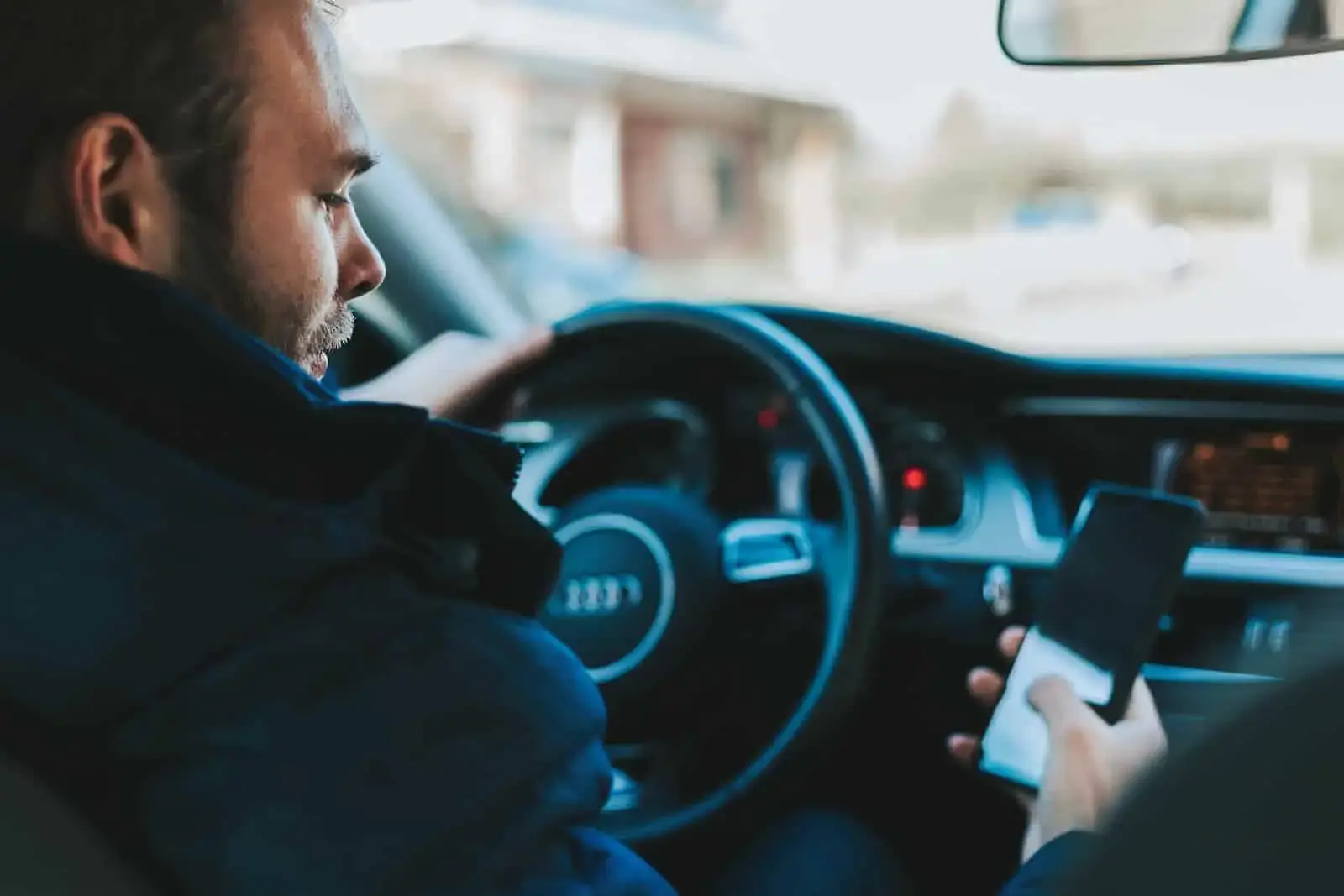Driving Under the Influence: DUI in California
Driving under the influence DUI in California is dangerous because it impairs a person’s ability to safely operate a motor vehicle. Alcohol and drugs can slow reaction time, impair judgment and coordination, and decrease a person’s ability to concentrate and make decisions. These effects can make it difficult for a person to safely control their vehicle and increase the risk of accidents, injuries, and fatalities on the road.
In addition to the risks to the driver, driving under the influence also poses a significant danger to other people on the road. Drunk and impaired drivers are more likely to cause accidents that can injure or kill other drivers, passengers, pedestrians, and others on the road.
For these reasons, it is important for people to avoid driving under the influence of alcohol or drugs and to find alternative ways to get home safely. This can include using public transportation, calling a ride-sharing service, or arranging for a designated driver.
DUI in California Laws and Penalties
California has a Zero Tolerance Law for drivers under the age of 21. This means that if a person under 21 is found to have a blood alcohol concentration (BAC) of 0.01% or higher while driving, they can be charged with driving under the influence (DUI) of alcohol.
If a person under 21 is convicted of a first DUI, they face a one-year driver’s license suspension, a fine of $100-$200, and completion of a DUI program.
If they are convicted of a second DUI within 10 years of the first, they face a two-year driver’s license suspension, a fine of $200-$300, and completion of a DUI program.
If they are convicted of a third or subsequent DUI within 10 years, they face a three-year driver’s license suspension, a fine of $300-$500, and completion of a DUI program.
Additionally, if a person under 21 is found to have a BAC of 0.05% or higher but less than 0.08% while driving, they can be charged with “driving with measurable alcohol” and face a one-year driver’s license suspension, a fine of $100-$150, and completion of a DUI program.
DUI in California Limits
In California, the legal limit for blood alcohol concentration (BAC) for drivers 21 years of age and older is 0.08%. This means that if a person is found to have a BAC of 0.08% or higher while driving, they can be charged with driving under the influence (DUI) of alcohol.
California also has a Zero Tolerance Law for drivers under the age of 21. This means that if a person under 21 is found to have a BAC of 0.01% or higher while driving, they can be charged with DUI.
If a person is charged with DUI in California, they may face penalties such as imprisonment, fines, license suspension or revocation, and completion of a DUI program. The specific penalties will depend on the number of prior offenses and whether the DUI caused any injuries or fatalities.
Alcohol Volume in Various Drinks and its Effect
It’s important to understand the concept of a standard drink because alcohol affects individuals differently based on a variety of factors such as weight, gender, and the amount of food consumed. Consuming alcohol at a rate of one standard drink per hour is generally considered to be a safe drinking pace. This allows the liver time to metabolize the alcohol and reduces the risk of becoming intoxicated.
It’s also important to note that the term “standard drink” is used as a guideline and does not necessarily correspond to the amount of alcohol that a person may be served in a particular beverage. For example, a glass of wine at a restaurant may contain more than one standard drink, and a mixed drink at a bar may contain more than one or even two standard drinks. It’s always a good idea to check the label or ask the bartender for the alcohol content of a beverage before consuming it.
The alcohol by volume (ABV) of a beverage is the measure of the percentage of alcohol in the drink. For example, a beer with an ABV of 5% contains 5% alcohol, whereas a beer with an ABV of 10% contains 10% alcohol.
Some common examples of alcohol by volume in different types of beverages are:
- Beer: The ABV of most beers ranges from about 3% to 10%, with the average being around 5%. Light beers may have an ABV of around 3-4%, whereas stronger craft beers may have an ABV of 8-10% or higher.
- Wine: The ABV of most wines ranges from about 9% to 14%, with the average being around 12%. White wines tend to have a lower ABV than red wines. Fortified wines such as port and sherry have a higher ABV of around 15-20%.
- Spirits/liquor: The ABV of most spirits/liquor ranges from about 40% to 50%, with the average being around 40%. Some examples of common spirits/liquor with their respective ABV are:
- Vodka: 40%
- Gin: 40-47%
- Rum: 40-50%
- Whiskey: 40-50%
- Tequila: 40-50%
It’s important to note that the ABV of a beverage can vary depending on the brand, type, and strength. It’s always a good idea to check the label or ask the bartender for the alcohol content of a beverage before consuming it.






